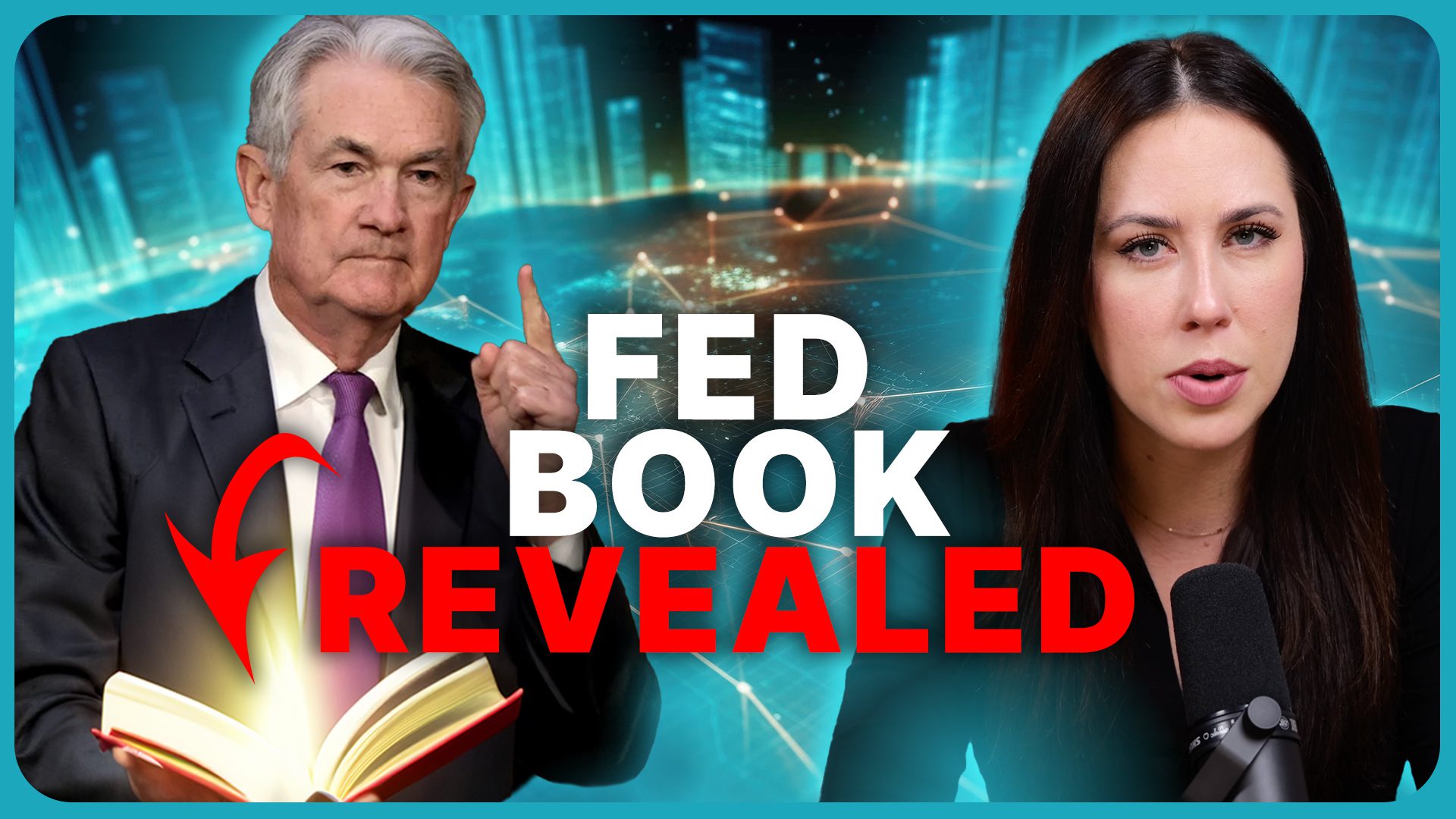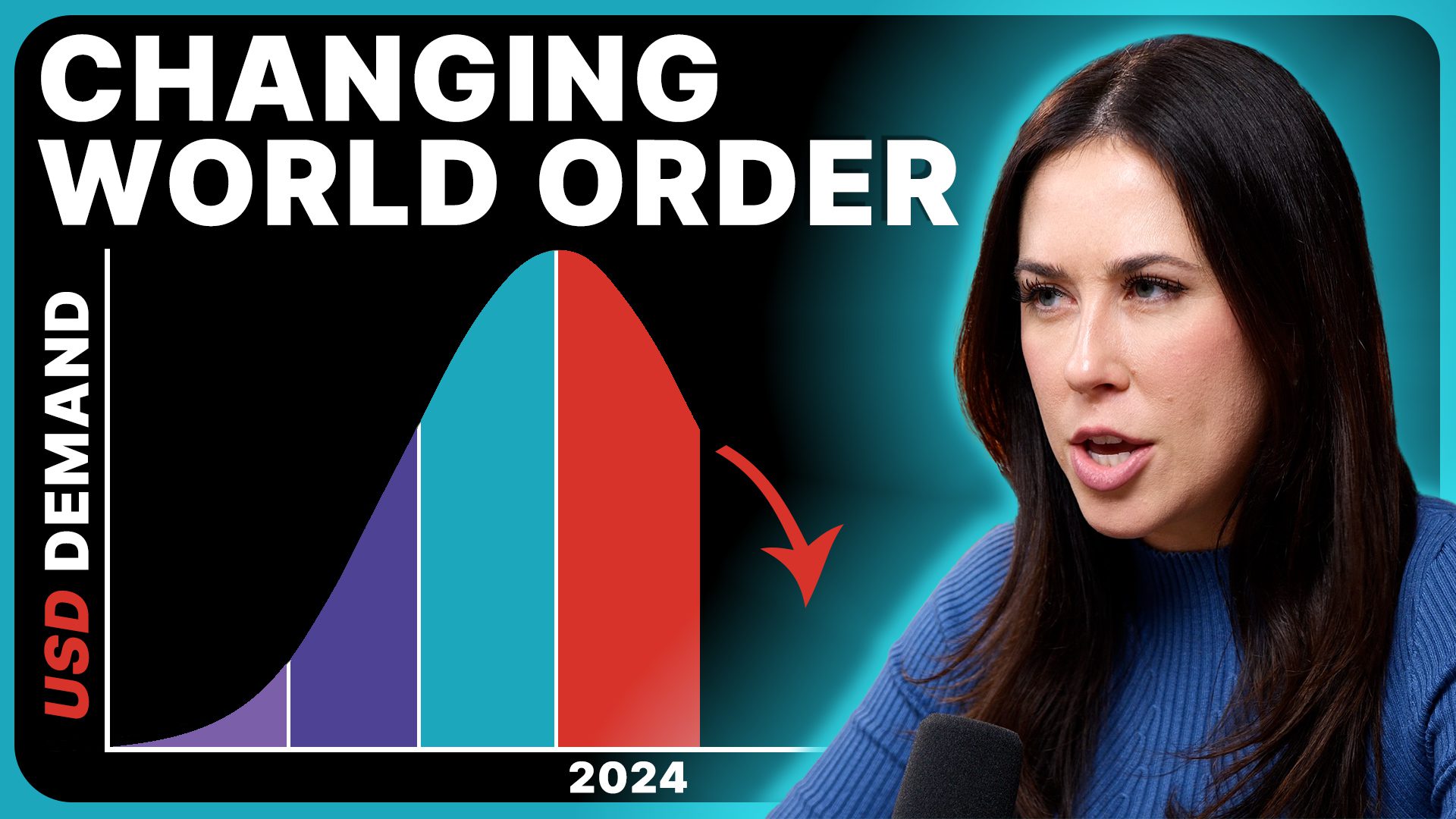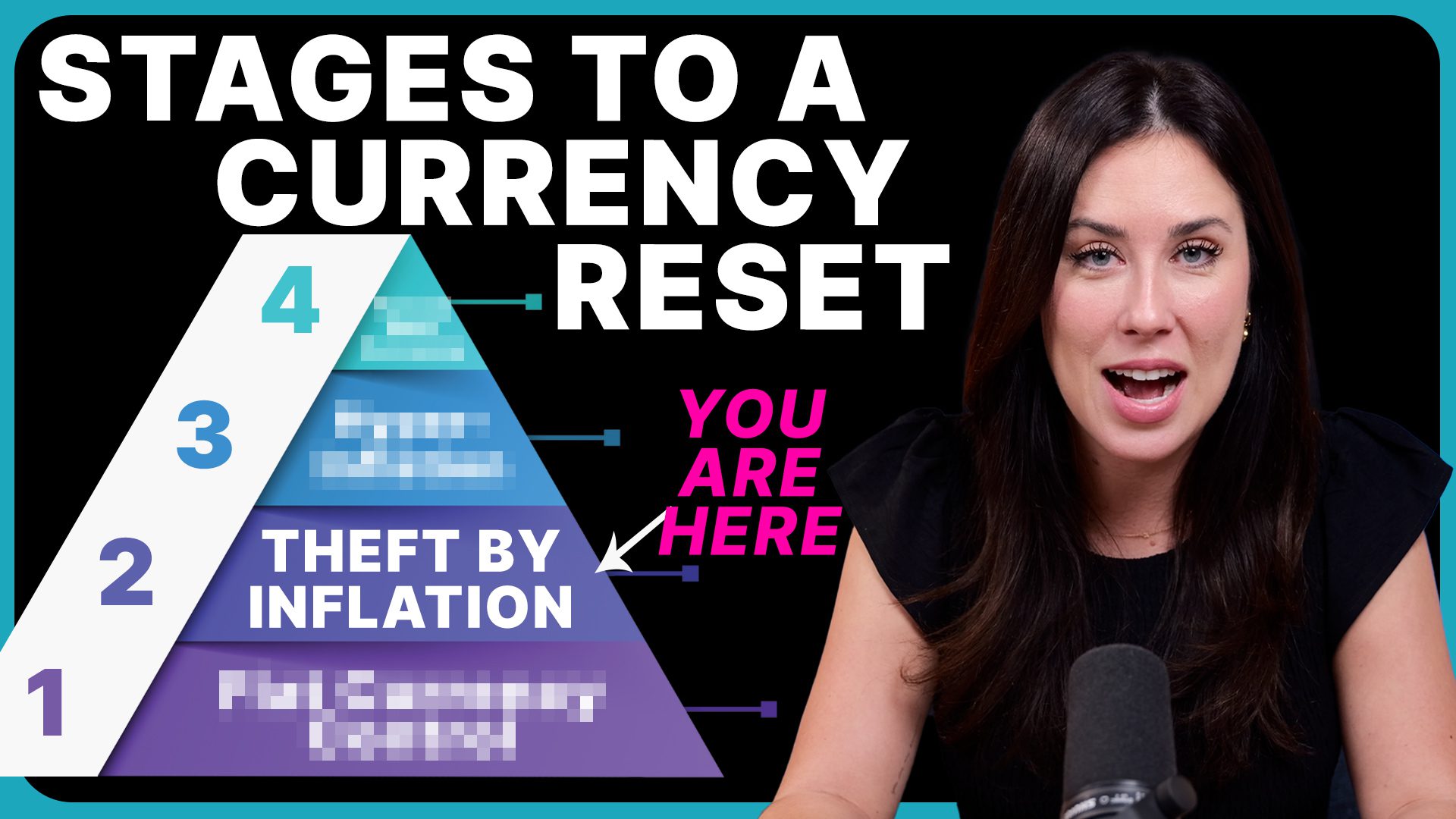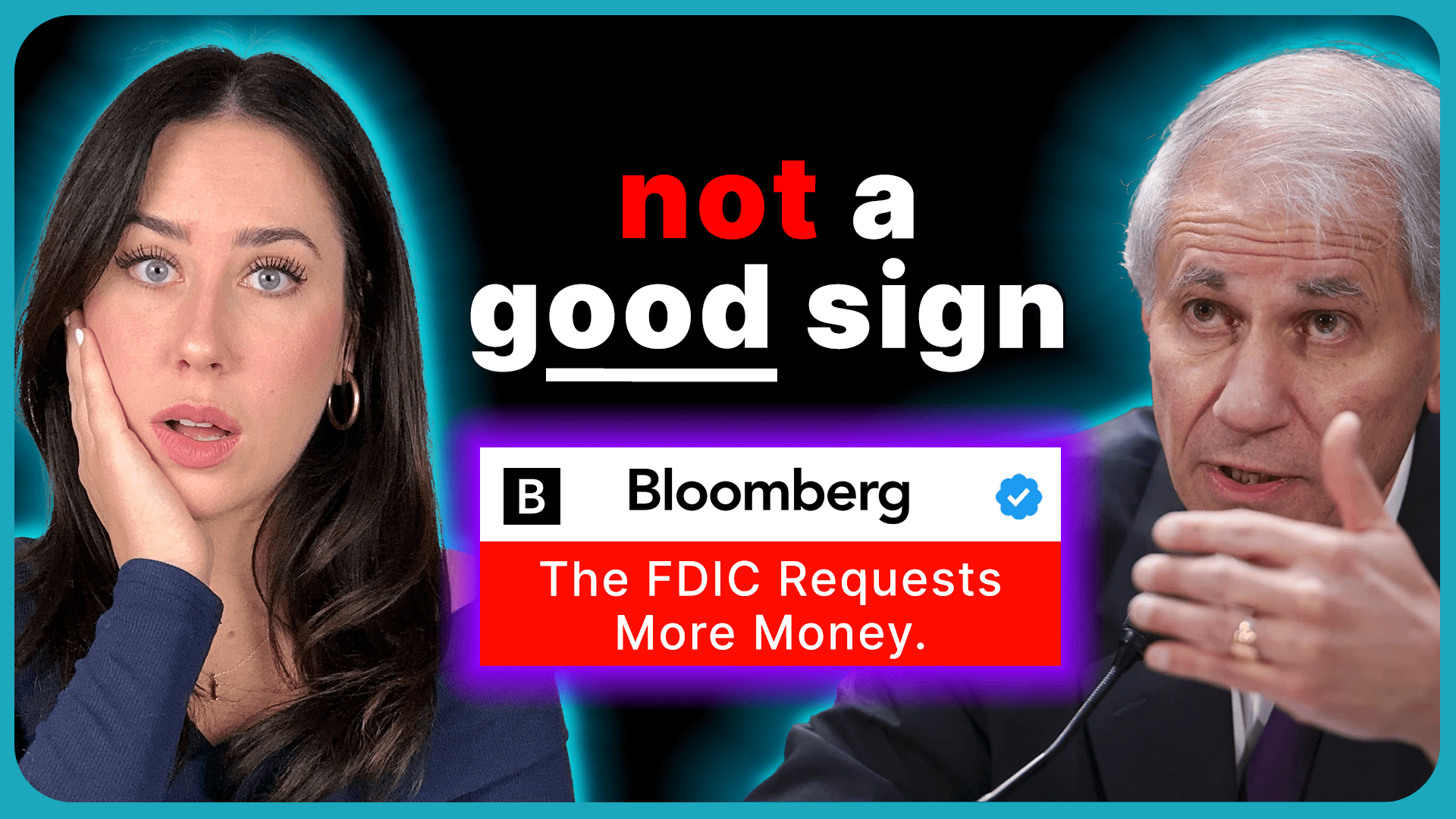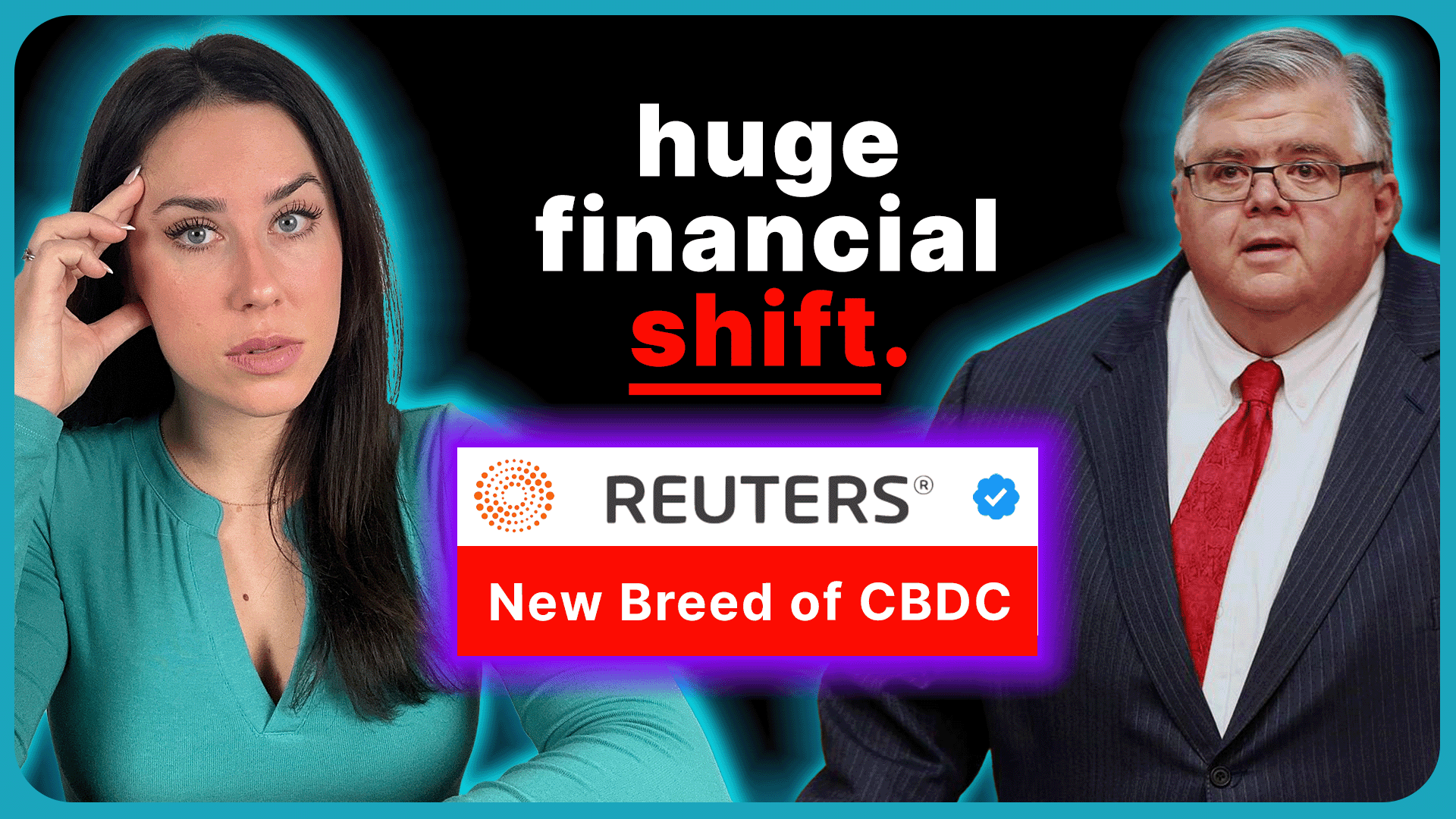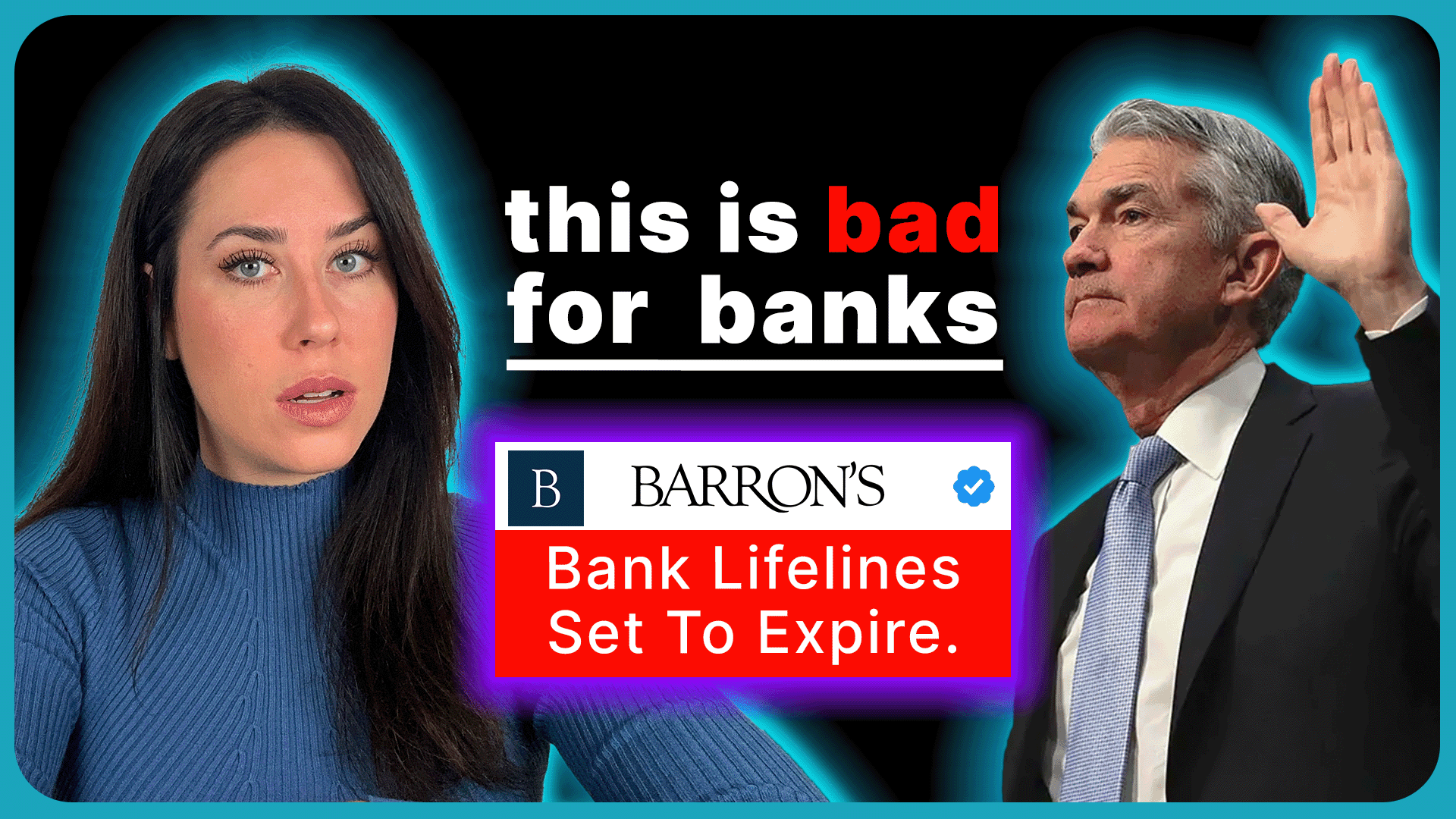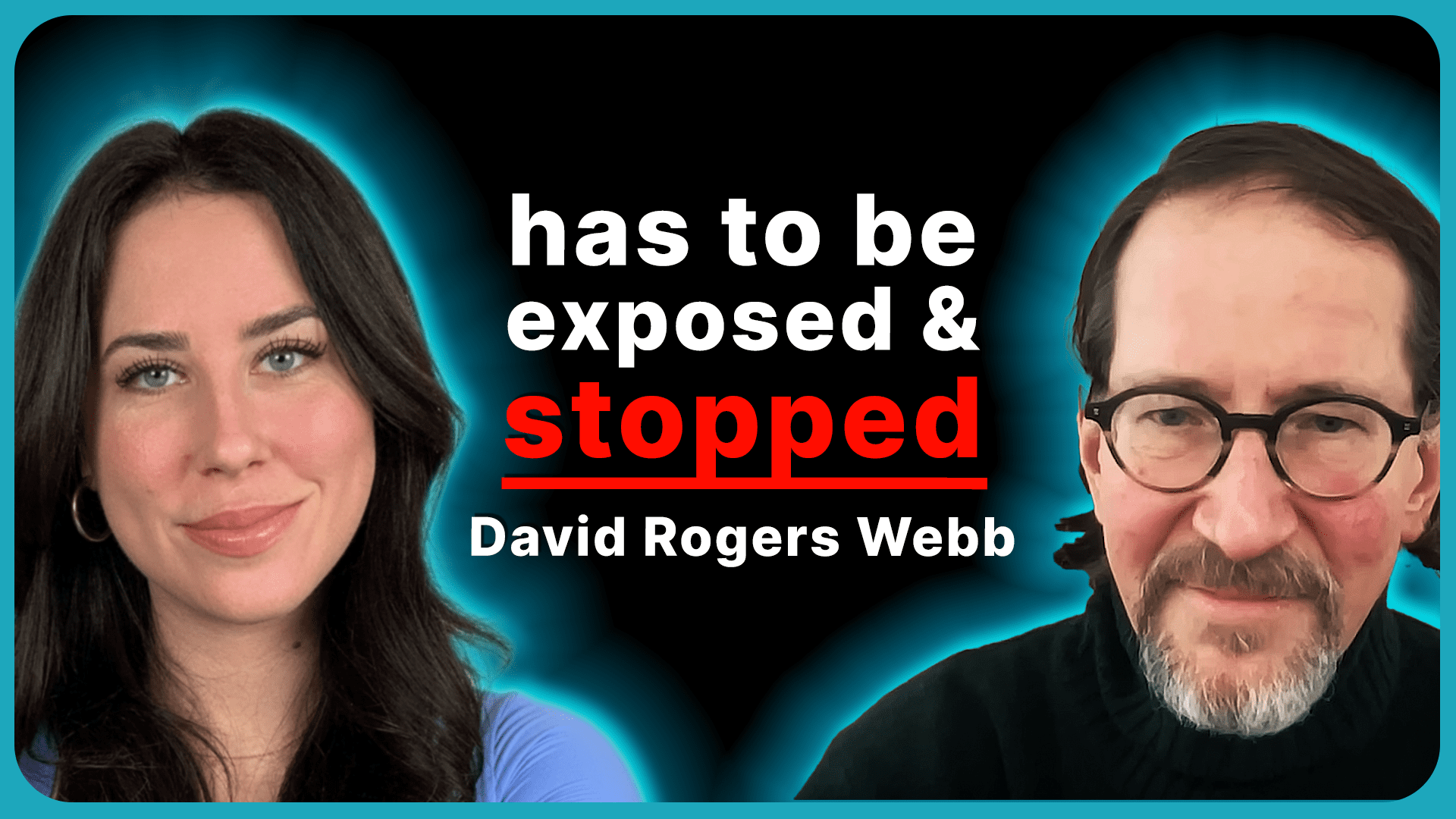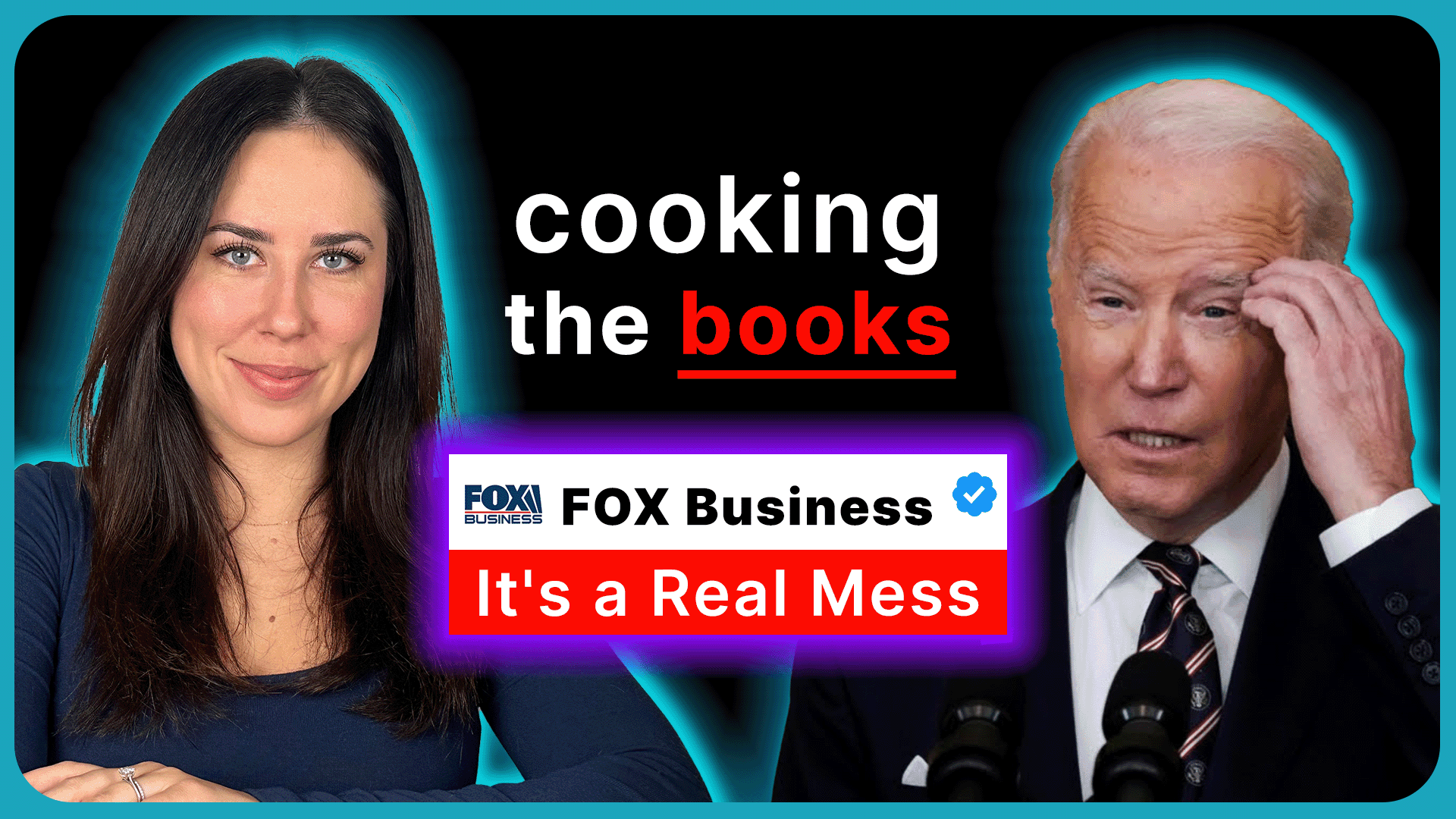Derivatives + Commercial Real Estate = The Next Financial Crisis
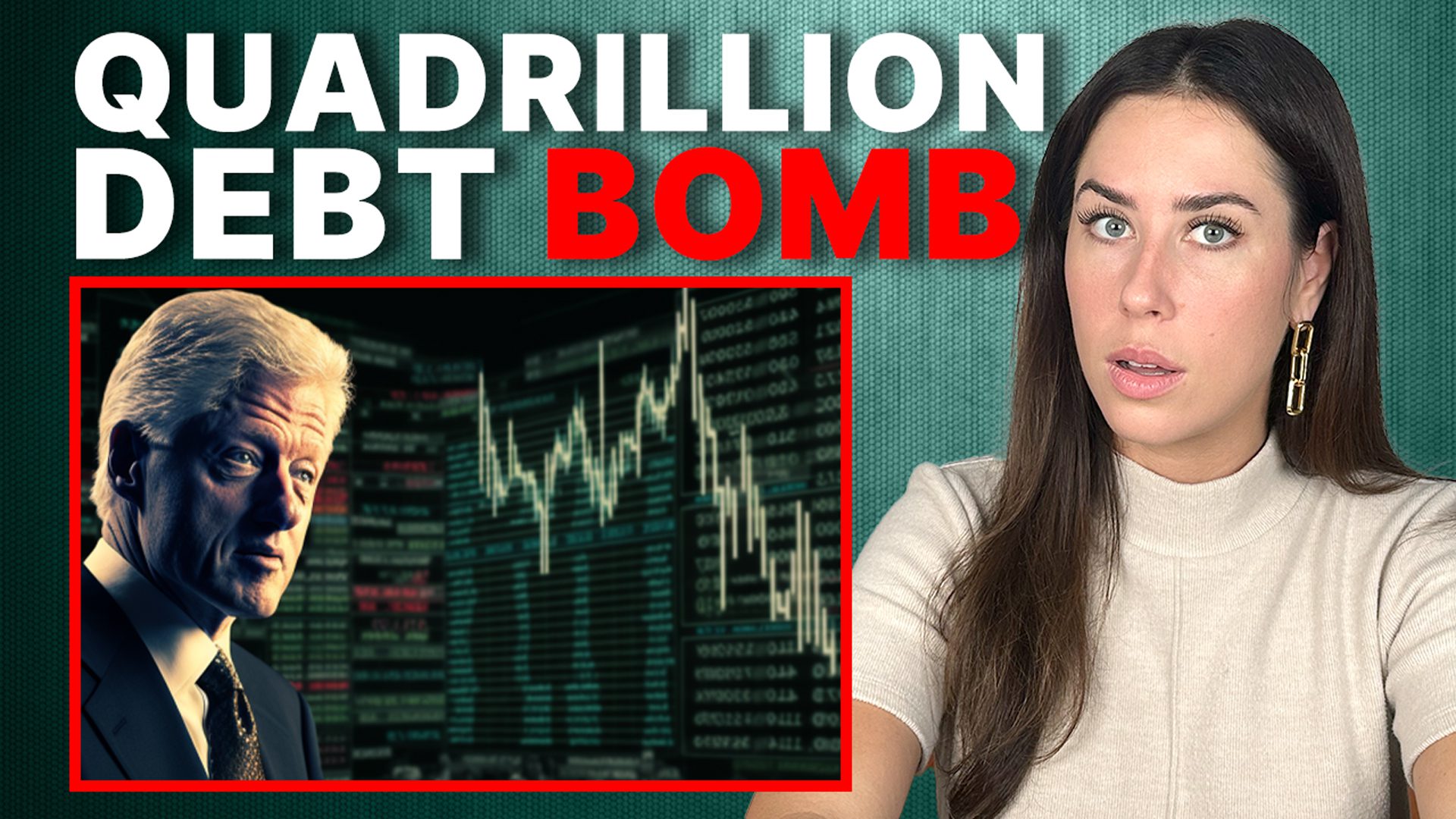
Is another financial crisis looming on the horizon? In this video, Taylor Kenney delves into the world of derivatives and their potential catastrophic impact on the economy. Discover how derivatives, once described as “financial weapons of mass destruction” by Warren Buffett, played a role in the 2008 financial crisis and why they are now an even bigger threat, especially in the commercial real estate sector.
CHAPTERS:
0:00 Derivatives
0:57 What Are Derivatives?
2:27 Examples
4:12 Bill Clinton
6:17 Commercial Real Estate Crash
7:47 Regional Banks
9:29 Protect Your Wealth
TRANSCRIPT FROM VIDEO:
Do you remember the role that derivatives played in the 2008 financial crisis? Well, what if I told you that it was happening again only this time instead of residential real estate? It was commercial real estate and happening on an even bigger scale. Hi everyone, I’m Taylor Kenney with ITM Trading, and today we’re talking about derivatives. Warren Buffett has said that derivatives are financial weapons of mass destruction, and it is no secret why
“Derivatives could ex accentuate in a major way, a systemic problem that might even arise from some other phenomenon”.
Some say that their role in the 2008 crisis was just the beginning, the tip of the iceberg, and that the real collapse is coming. But what exactly are derivatives? How do they impact you? And why are they such a serious threat to the entire economy as wel know it?
We could spend hours going over what exactly derivatives are because they come in many shapes and sizes. But at its core, a derivative is a contract whose value is based on or derived from an underlying asset. That asset could be anything. It’s often stocks, bonds, commodities, things of that nature. You can think of a derivative as a bet or a gamble. Let me be clear. Derivatives themselves are not inherently bad. It’s just the leverage that is created from these contracts that is the issue. To better understand what I mean by leverage, let’s look at a bank, J.P. Morgan, it is the US Bank with the largest known amount of assets. So about $3 trillion, just north of $3 trillion worth of assets seems like a lot of money, right? By comparison, it is estimated that there is over a quadrillion dollars worth of derivatives. Yes, you heard me correctly, a quadrillion dollars worth of derivatives. And the scary thing is, is that that estimate of a quadrillion dollars is just an estimate. It could be so much higher because it’s unregulated. We don’t actually know how big the market is.
As you can imagine, this creates a scenario where there is catastrophic exposure. And what I mean by that is that everything has to go right in order for all of these derivatives to work out. This is why, going back to the bomb analogy, derivatives have been likened to a nuclear bomb because once one thing starts to break down in the chain, there is an immediate domino effect.
Ok, so I’m sure you’re wondering how is this even possible? When is this bomb gonna go off and how you can protect yourself? And don’t worry, I will absolutely speak to all of that. But first, I think it’s important to understand how we got to where we are today. So let me back up. There are two primary reasons that people use derivatives. Number one, to mitigate risk, and number two, to speculate or make money. Historically derivatives were used much more often to mitigate risk. A classic example of this is a farmer and a mill. The farmer sells wheat and he enters an agreement with the mill mill to say, I’m gonna sell you this wheat at the exact same cost per pound next year that it is today. This mitigates risk for both of them because the mill’s thinking, if the prices of wheat go up, I’m covered. And the farmer’s thinking, if the prices of wheat happen to go down, I’m covered. Contracts and agreements like this have been going on since the Roman Empire.
Now, when we talk about speculating, embedding, and the modern derivative, these have really blown up in popularity over the last 30 or 40 years. And a lot of this is because historically there was much more regulation and oversight when it came to derivatives. There used to be supervision going back to the 1930s that ensured that banks had certain capital requirements before they could enter in to any kind of derivative backing. So what that meant is thinking about today’s modern J.P. Morgan example, you could not have hundreds of trillions of dollars worth of derivatives. If you only had $3 trillion worth of assets. You don’t have enough capital to securely back these derivatives that you’re entering into. So the regulation used to make sure that capital requirements were met and risky derivatives were not being entered into.
This changed in the 1990s, and in 2000, president Bill Clinton signed CFMA into law, which essentially deregulated OTC or over the counter derivatives. These are derivatives that are made between private parties and paved the way for more and more risky derivatives to be created. As we now know, a massive part of the 2008 financial crisis was because of over exposure from derivatives. What led to the crisis is complicated, but let’s say that you buy a home, you have a mortgage on that home, and the mortgage is owned by the bank. The bank is looking at your mortgage, and historically they would’ve just owned it, but they’re thinking, huh, what if we took this mortgage and other mortgages as well as credit card debt, student loans, car payments, all of our different types of debt, bundled it up into a nice little package, put a bow on it and sold it to someone else as an investment? Then that person is gonna say, okay, great. I have this investment. I’m going to add some more debt to it. Or maybe take a piece of it and put it over here and a piece of it over there, package it up again and sell it off as a new type of investment. And the chain goes on and on and on. And as you can imagine, what happens when that original investment starts to fail? When the mortgage is defaulted on, you have a domino reaction that is triggered. We now also know that a lot of people who are getting approved for these loans in 2008 never should have been approved in the first place.
“So do applicants ever get rejected
<laugh>? Seriously? Look, if they get rejected, I suck on my job.
Even if they have no money. Well, my, my firm offers, uh, ninja loans. No income, no, no job. You know, I just leave the income section blank if I want. Corporate doesn’t care. These, these people just want homes, you know? And they, they go with the flow. Good for you, huh? Your companies don’t verify?”
And that was a large part of what helped light the fuse. And it’s happening again today, but this time it’s happening with commercial real estate. If you haven’t heard, there are actually money managers right now who are betting against commercial real estate property owners and developers, and they’re doing this with something called a credit default swab. A credit default swab is another type of financial derivative, and it was used by Michael Burry and others in 2008 when they bet against the housing market and was made famous in the movie The Big Short. He was obviously right in his guesses, but at the time he was laughed at by everyone because mortgage-backed securities were one of the safest betts of the time. Well, guess what else has always historically been considered safe commercial real estate. Now, I know I’m not alone in wondering when are we going to feel the effects of commercial real estate failing? Because I look around and I see malls that are empty. I see offices that are empty. I see huge plots of vacant land, commercial real estate that is not being used. Therefore, I know no one’s making money off of it. Who’s paying for all of this and how is it still going on? Well, stay with me on this one ’cause I have an idea of what’s happening, and I think it’s pretty clear. Essentially, the entire commercial real estate sector is being propped up by more debt. Of course, this is not shocking to anyone. Last year, lenders advanced a record $862 billion to the commercial real estate sector.
But this is where it gets interesting. 80% of that was done by regional banks. These are the same banks who are under a lot of pressure, highest interest rates. Things are not looking good. We know that they are tightening their purse strings, not loosening them.
And this means that funding for commercial real estate is drying up and drying up quickly. And here’s the real gut punch. Almost a quarter of all office building loans are due to be refinanced by the end of 2023. Now you tell me, with higher interest rates, do we think that that’s all gonna work out? Or do we think that more and more of these are going to be defaulted on? In 2008, they were selling collateralized debt obligations or CDOs, which we know is a bunch of debt bundled together and falsely rated with a high rating. The theory is today that the same scam is going on except instead of residential real estate, these CDOs are built on companies and their assets, but these assets could very well be inflated just the same way that residential real estate was falsely rated higher than it should have been.
Same thing could be happening with these companies. Again, these are the same companies that are on the hook for commercial real estate, and we don’t know the actual truth of what their assets are worth. And to bring it back to why this is so important, it’s not just about commercial real estate or companies collapsing or defaulting. It’s about everything that’s built on that value. So it’s like one comment exploding in the sky and taking down the entire galaxy with it. It is so much bigger than the underlying asset.
To summarize the risk of overextended banks as the result of these derivatives is massive. And if one thing were to go wrong, such as commercial real estate tanking or being defaulted on the ripple and domino effect that could have on the global economy is going to be huge. I don’t know when this is going to happen, but when it does, it will be swift and it will be painful.
I can only imagine how lonely and isolating it is to realize this and understand what is coming and not be able to share it with your loved ones either because they don’t understand or they don’t wanna hear. I spent a lot of time with Lynette this week and she talked a lot about community, which really resonated with me because there is truly strength in numbers, there is strength also in shared knowledge. And what really makes me see red is that the people in charge, the people in positions of power, they see this stuff coming before anyone else does, and that’s how they’re able to milk it up until the last second in jump ship when it’s convenient for them.
But to that, I say not us. We know what’s coming and I will be protected and I hope you will be too. So if you have any questions or you wanna learn how to set yourself up for success and protect your wealth, I would recommend that you click the link below and get a strategy in place today. Please let me know what questions you have. I love reading your comments on all my videos. Thank you again, as always, for breaking down these complex topics with me. Until next time, I’m Taylor Kenney with ITM Trading. I’ll see you soon.
SOURCES:
https://www.forbes.com/advisor/investing/derivatives/
https://www.bankrate.com/banking/biggest-banks-in-america/
https://www.cnbc.com/2023/04/09/the-coming-commercial-real-estate-crash-that-may-never-happen.html
https://www.washingtonpost.com/us-policy/2023/03/27/commercial-real-estate-banks-loans/
https://www.wealthmanagement.com/office/short-sellers-step-bets-against-office-owners-bank-turmoil
https://www.nytimes.com/2023/03/22/business/svb-signature-commercial-real-estate.html
https://www.visualcapitalist.com/all-of-the-worlds-money-and-markets-in-one-visualization-2020/
